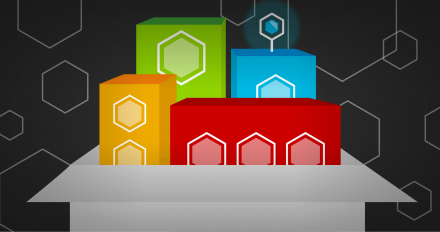
What is an image mode 3-way merge?
Learn how the 3-way merge works in Red Hat Enterprise Linux image mode, and explore how bootc and OSTree merge local /etc files with new images.

Learn how the 3-way merge works in Red Hat Enterprise Linux image mode, and explore how bootc and OSTree merge local /etc files with new images.
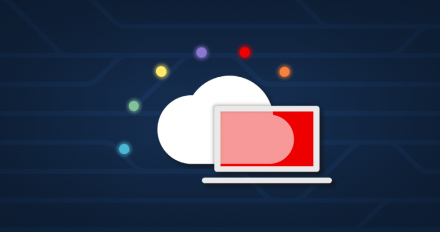
Learn how to auto-register Red Hat Edge Manager with Red Hat MicroShift into Red Hat Advanced Cluster Management for Kubernetes with this guide.
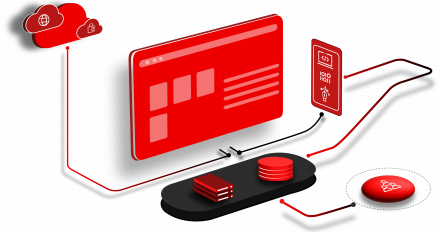
Discover how krknctl simplifies chaos engineering and empowers users to effectively test and build more resilient systems.
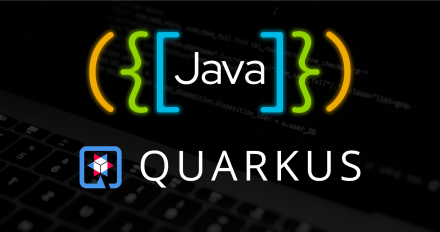
Learn how to build a container image with Quarkus using CNCF Buildpacks, including the installation of a new Quarkus extension for support.
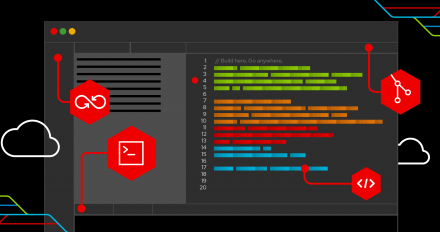
Announcement: Red Hat is updating boot images across all platforms.
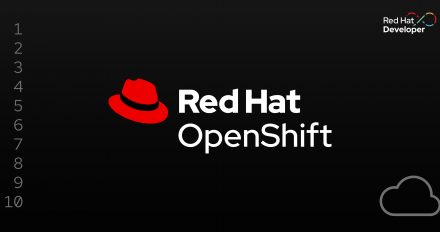
Deploy the Antrea-by-Broadcom Operator on Red Hat OpenShift 4.19 for a high-performance, Kubernetes-native networking solution.
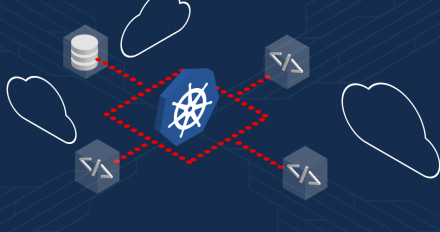
Discover how to use the security benefits of confidential computing in OpenShift Pipelines to run trusted builds on untrusted and shared infrastructure.
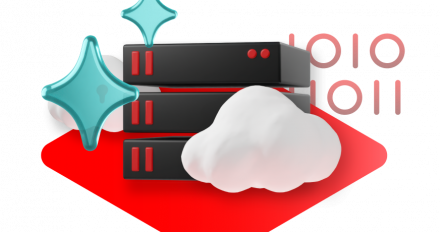
Enterprise-grade artificial intelligence and machine learning (AI/ML) for

Learn how to leverage OpenStack Services on OpenShift architecture to deploy multiple OpenStack environments on the same OpenShift cluster infrastructure.

Learn to configure Red Hat Quay's proxy cache for on-demand image pulls from remote registries, boosting container distribution.

Learn how IBM Hyper Protect Confidential Containers for Red Hat OpenShift Container Platform helps protect sensitive workloads in untrusted environments.

Install OpenShift Container Platform with confidential nodes using AMD SEV-SNP and Intel TDX-enabled confidential virtual machines on Google Cloud Platform.

Deliver secrets to confidential container pods executing in trusted execution environments using Red Hat build of Trustee and the External Secrets Operator.
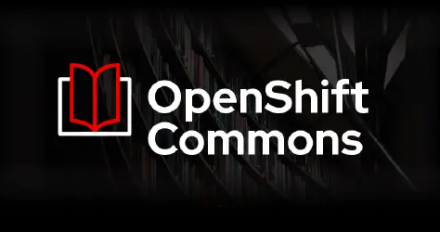
This in person OpenShift Commons Gathering will be held on November 10th live in Atlanta, GA and co-located with CNCF's KubeCon + CloudNativeCon NA
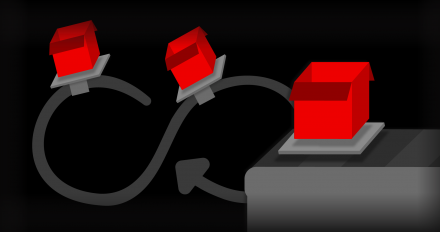
Learn to build container images with Buildpacks in CI/CD using Tekton Pipelines. This guide covers setup, defining resources, and deploying your automated workflow.
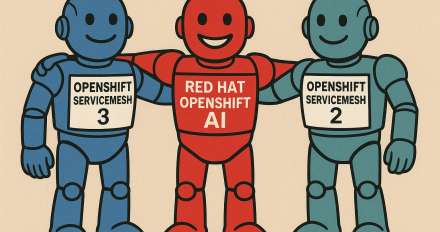
Learn how to overcome compatibility challenges when deploying OpenShift AI and OpenShift Service Mesh 3 on one cluster.
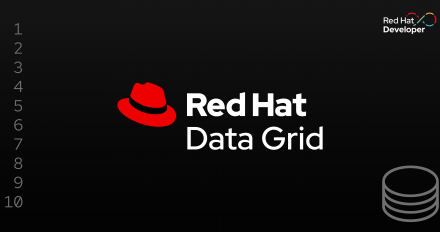
Explore JVM tuning considerations for Red Hat Data Grid on Red Hat OpenShift 4, from allocating adequate CPU resources to benchmarking your application.
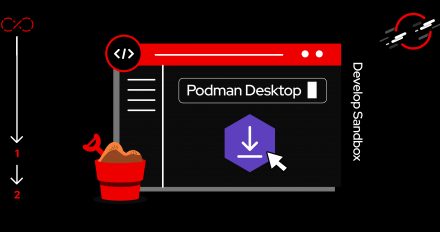
This beginner's guide to Podman AI Lab walks through setting up Podman Desktop, installing the AI Lab extension, and launching your first RAG chatbot.

Explore high-level architectural approaches to manage virtual machine storage in OpenShift Virtualization.
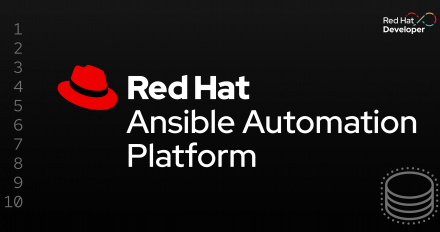
Learn how to build and manage execution and decision environments natively on OpenShift, orchestrated with Ansible Automation Platform.

Explore four options to debug a confidential container (CoCo) workload without direct access to it.
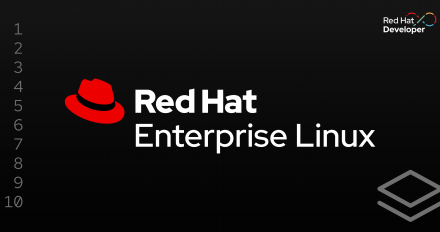
The Red Hat Enterprise Linux for Business Developers subscription offers access to RHEL software for development and test use cases in business environments.
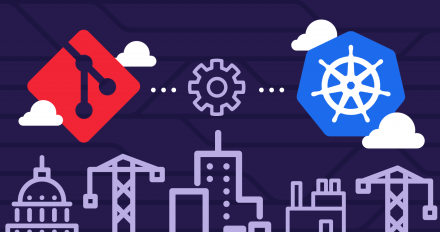
Discover what's missing in your GitHub pull requests or GitLab merge requests and the advantages of automatically merging GitHub pull requests.

Discover the new features and tools in RHEL 10.

This article discusses how the HaProxy router settings affect middleware applications, such as JBoss EAP 7/8 and OpenShift Serverless.